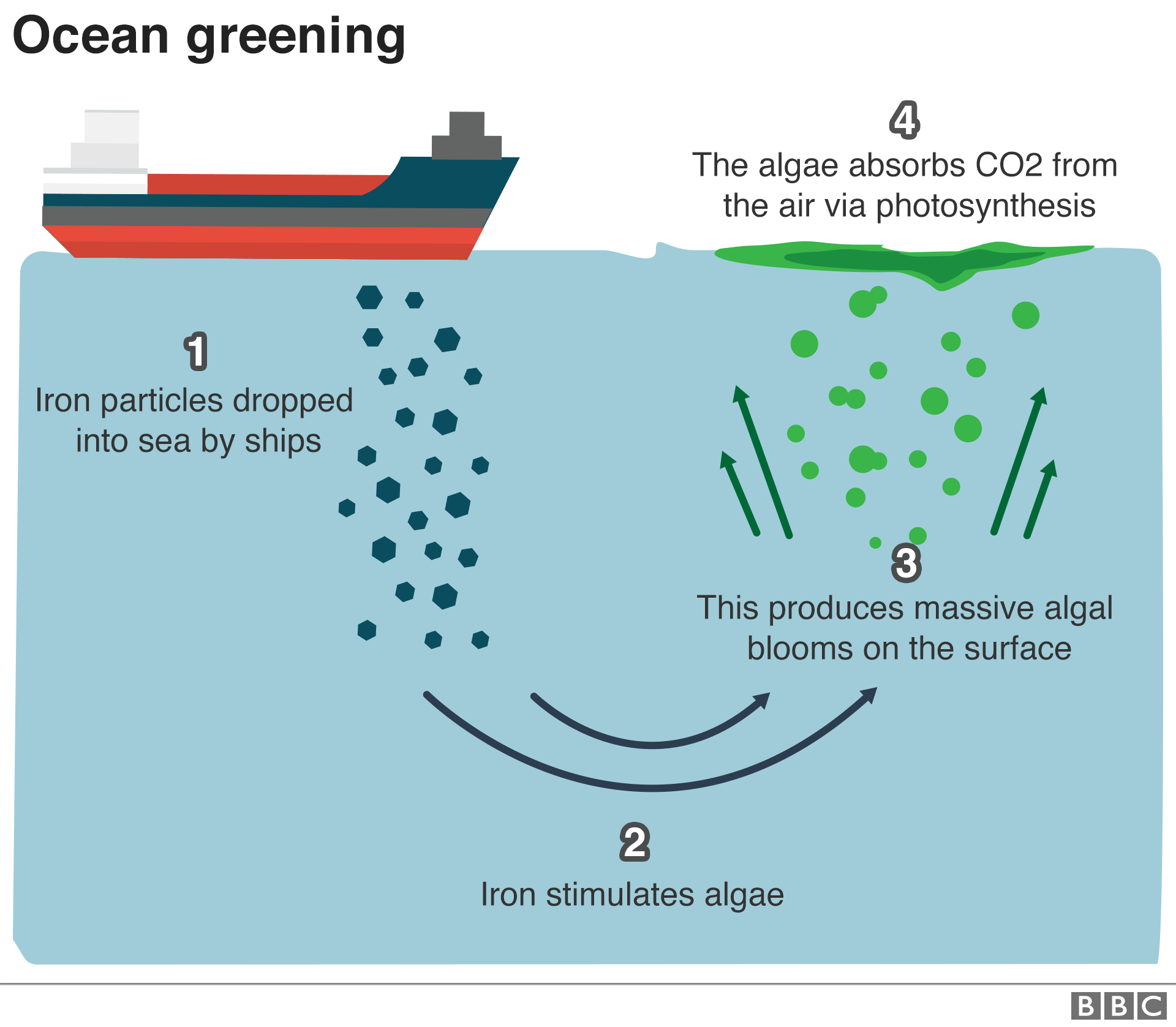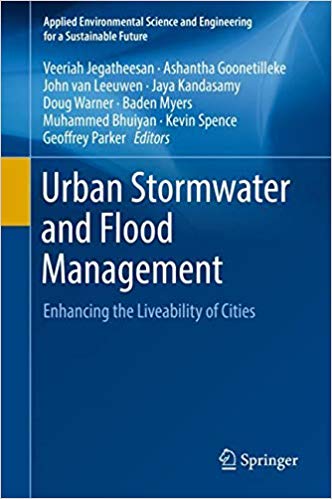The Role of Sanitation in Slowing the 2019-nCov Coronavirus
While most media reports have been focusing on the respiratory side and pneumonia-like symptoms — the fevers, and coughs, and protective measures like face-masks, it may be that toilets, latrines, and sanitation are an important part of the story of the 2019-nCov outbreak.
This paper by Chan et. al examines a familial cluster in Shenzhen, and monitored gastrointestinal (GI) symptoms as well as respiratory ones. As they point out:
“Diarrhoea and gastrointestinal involvement are well known in coronavirus
infections of animals and humans.”
Indeed, as summarised in a recent story from Bloomberg:
A virus-laden aerosol plume emanating from a SARS patient with diarrhea was implicated in possibly hundreds of cases at Hong Kong’s Amoy Gardens housing complex in 2003. That led the city’s researchers to understand the importance of the virus’s spread through the gastrointestinal tract, and to recognize both the limitation of face masks and importance of cleanliness and hygiene, [John Nicholls, a clinical professor of pathology at the University of Hong Kong,] said in an interview. […]
Many of the emerging coronaviruses are so-called pneumoenteric viruses, meaning they can replicate both in the respiratory tract and the gastrointestinal system, said Ralph Baric, professor of microbiology and immunology at the Gillings School of Global Public Health at the University of North Carolina at Chapel Hill, who has studied coronaviruses for decades. Overwhelmed by hundreds of severely sick pneumonia patients, doctors in Wuhan might not have focused on any gastric signs, Baric said in a phone interview.
The Bloomberg story also links to this paper from Li et al. on early transmission dynamics of the virus
“Confirmed cases could more easily be identified after the PCR diagnostic reagents were made available to Wuhan on January 11, which helped us shorten the time for case confirmation. Furthermore, the initial focus of case detection was on patients with pneumonia, but we now understand that some patients can present with gastrointestinal symptoms, and an asymptomatic infection in a child has also been reported. Early infections with atypical presentations may have been missed, and it is likely that infections of mild clinical severity have been under-ascertained among the confirmed cases. We did not have detailed information on disease severity for inclusion in this analysis.” (emphasis added)
If a GI-associated route is part of the story and the sanitation arrangements (pit latrines, squat latrines, toilets, covers, hand washing with soap and water, etc.) are very different between locations then this may well play a part in the story as it continues to develop.


